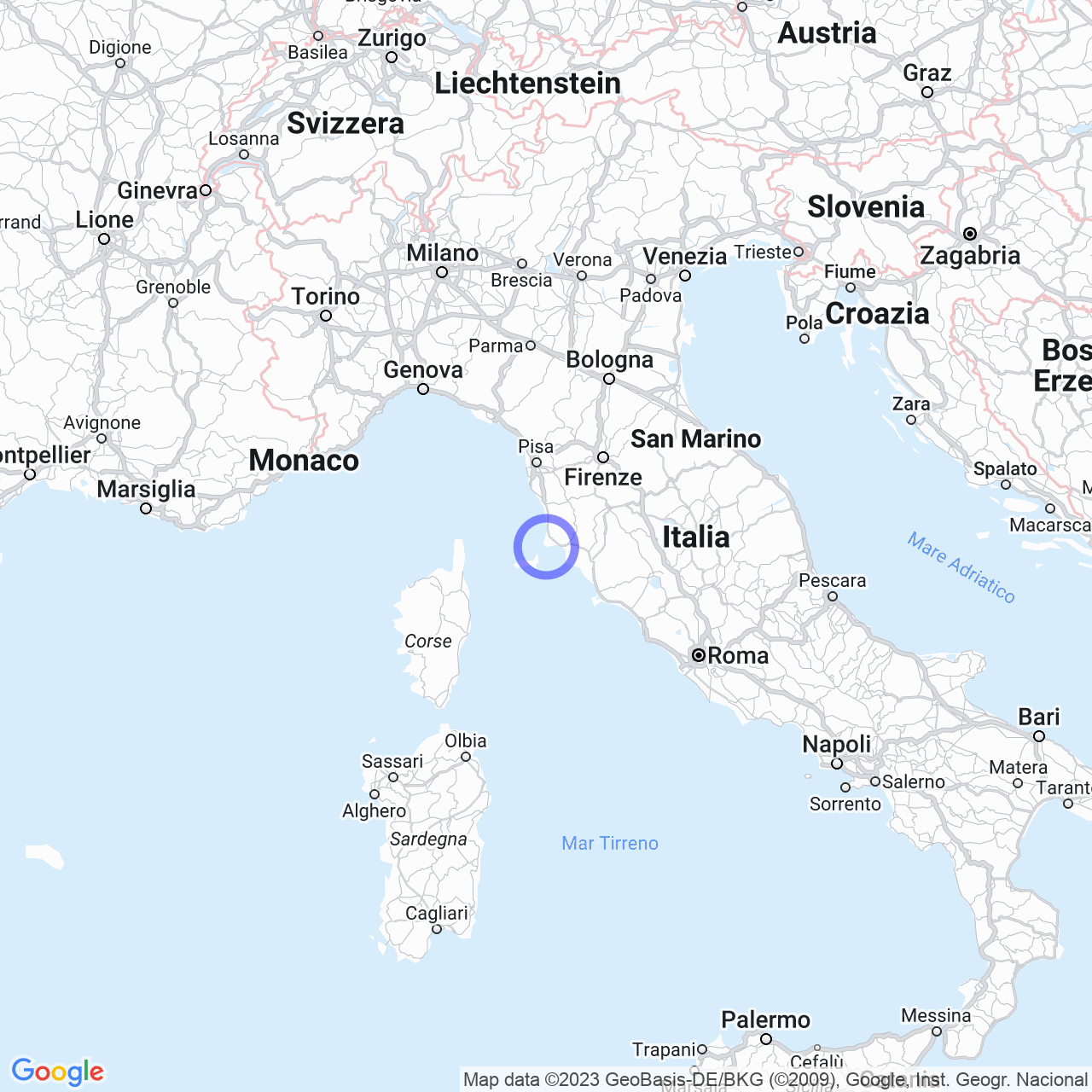Piombino
Discovering the Livorno province: history and geography
Hello friends, today I will take you on a journey to discover the province of Livorno in Tuscany, a wonderful area overlooking the Ligurian Sea and the Tyrrhenian Sea. The province is the fifth most populous in Tuscany, with 325,571 inhabitants, and is divided into several municipalities which make it one of the largest territories in the region.
History of the territory
The province of Livorno boasts a long history dating back to ancient times. In the Paleolithic era, the area was already frequented by humans for hunting and gathering activities. In the Neolithic era, agriculture and the first commercial exchanges related to the manufacturing of obsidian artifacts began.
In the Bronze Age, the territory was populated by exploiting the agricultural and mining resources, and during the Iron Age, the aggregation of scattered villages originated the first cities, including Populonia. The Etruscans divided the territory into areas that were under the influence of the cities of Populonia, Pisa and Volterra, and the control of agricultural and mining resources and trade increased the wealth of the dominant classes.
Maritime trade relied on a network of ports and landing places such as Populonia, from which the products of the iron mines of the island of Elba transited. After the conquest of Rome, the coastal flat areas were populated with Roman villas, and alongside agricultural production, production of coastal salt mines and kilns that made amphorae, dolia, and bricks arose.
After the fall of the Roman Empire, the territory was marked by the devastation of the Gothic wars and was conquered by the Lombards at the end of the 6th century.

Geography of the province
The province of Livorno faces west on the Ligurian Sea and the Tyrrhenian Sea, and borders to the north and east with the province of Pisa, and to the south with the province of Grosseto. The territory is characterized by a varied landscape that ranges from coastal areas, with long sandy beaches, to inland areas, with hills that delimit the valley of the Cecina river.
Municipalities of the province
The province of Livorno is divided into several municipalities, including Livorno, the main city and seat of the provincial administration, located in the Palazzo Granducale. In recent years, Livorno has undergone profound transformations, with the construction of the port area and the renovation of some areas of the old city.
The province also includes other municipalities of relevant importance, such as Cecina, Rosignano Solvay, Piombino and Portoferraio. In these municipalities, you can admire the breathtaking landscapes of the Tuscan coast and immerse yourself in its culture and tradition.
Art, culture and gastronomy
The province of Livorno is rich in art and culture, with some of the most important places in Tuscany, such as the Etruscan city of Populonia and the medieval city of Bolgheri, famous for wine production.
Gastronomy is another key element of the province of Livorno, with a great variety of local dishes and products. In Livorno, for example, you can taste the traditional "cacciucco" or the "chickpea fritters," while in Cecina, you can taste the excellent olive oil and the famous "Ceramiche di Castagneto."
Conclusion
Dear friends, I hope that this brief guide has been useful for you to discover the beauty of the province of Livorno. A place where history, nature, and culture come together to offer a unique and unforgettable experience. What are you waiting for to visit?
